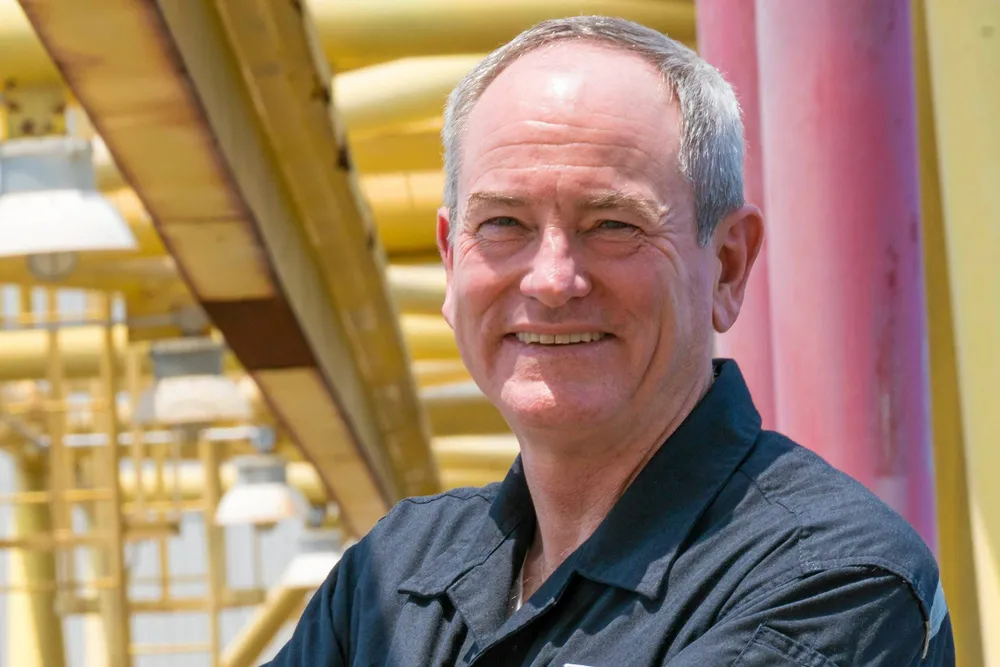Lessons learned: Chevron looks forward after Gorgon CCS shortfalls
The Gorgon CCS project is only sequestering about half of its annual capacity of carbon dioxide

The Gorgon CCS project is only sequestering about half of its annual capacity of carbon dioxide
